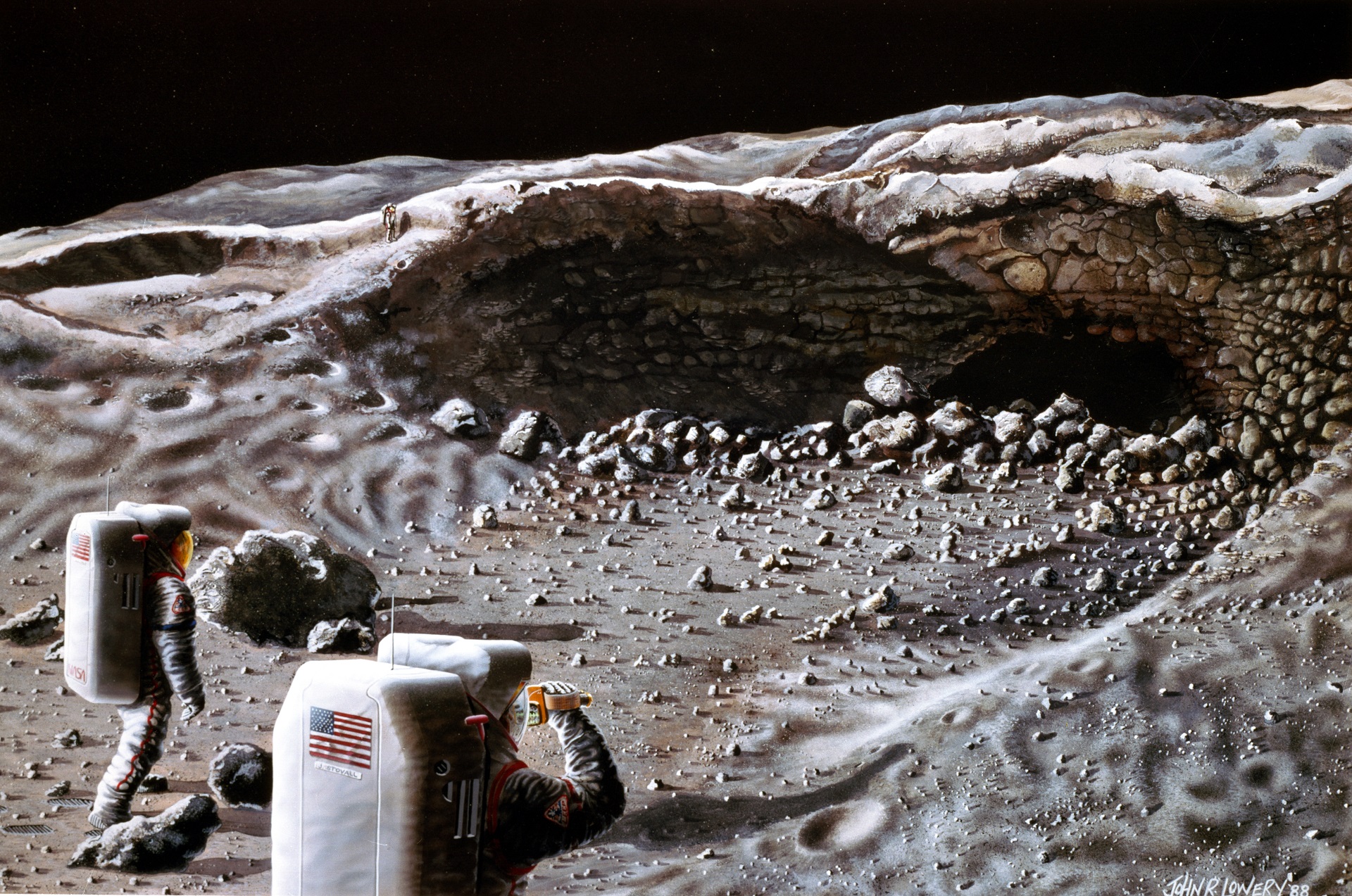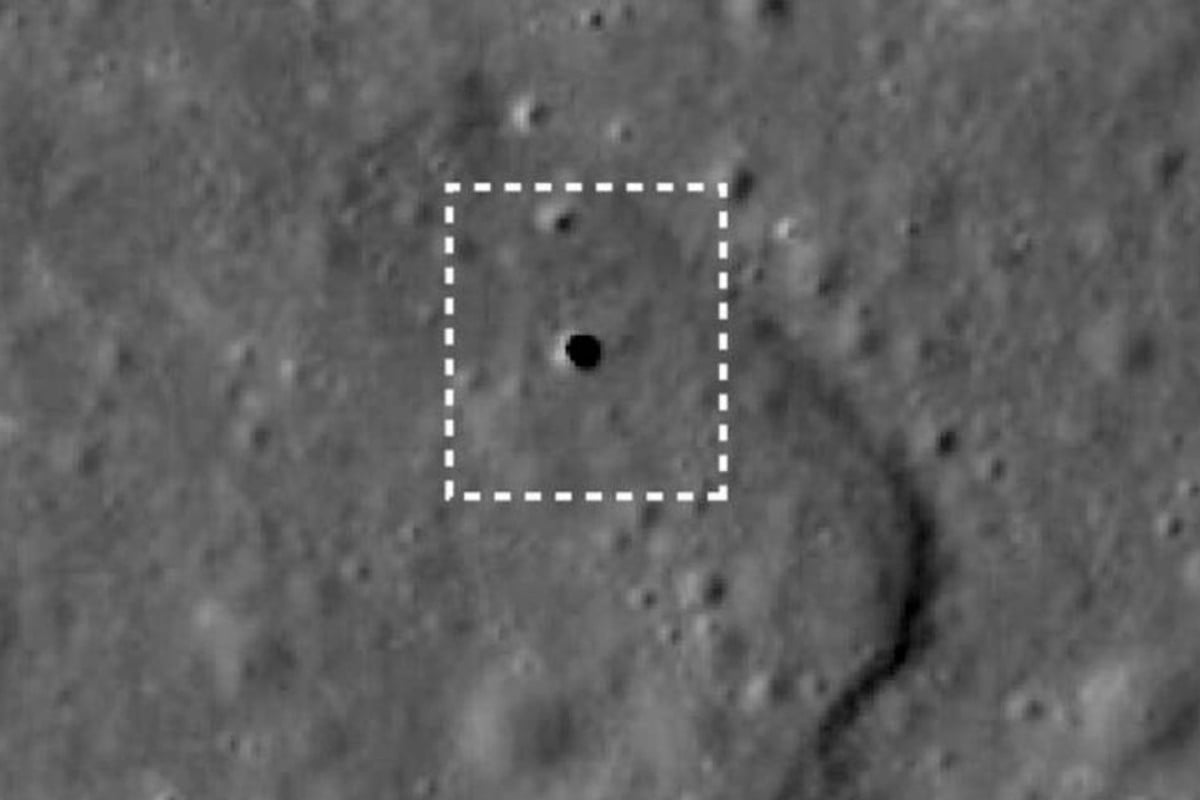NASA’s Lunar Caves: Nasa Moon Caves

Nasa moon caves – Lunar caves are natural underground cavities found on the Moon. They are formed by volcanic activity or by the impact of asteroids or comets. Lunar caves are of great interest to NASA because they could provide a sheltered environment for future human missions to the Moon. They could also contain valuable scientific information about the Moon’s history and composition.
Timeline of NASA’s Exploration of Lunar Caves, Nasa moon caves
NASA has been exploring lunar caves since the 1960s. The first lunar cave was discovered by the Apollo 15 mission in 1971. Since then, NASA has sent several other missions to explore lunar caves, including the Apollo 16, 17, and 18 missions. These missions have collected valuable data about the structure, composition, and temperature of lunar caves.
- 1969: Apollo 11 astronauts Neil Armstrong and Buzz Aldrin became the first humans to walk on the Moon.
- 1971: Apollo 15 astronauts David Scott and James Irwin became the first humans to explore a lunar cave, called Hadley Rille.
- 1972: Apollo 16 astronauts John Young and Charles Duke explored the Descartes Highlands and discovered a large, collapsed lava tube.
- 1972: Apollo 17 astronauts Eugene Cernan and Harrison Schmitt explored the Taurus-Littrow Valley and discovered several small caves.
- 2009: The Lunar Reconnaissance Orbiter (LRO) was launched into orbit around the Moon. The LRO has been mapping the Moon’s surface and has identified several potential cave entrances.
- 2019: NASA announced plans to send a rover to explore a lunar cave in the early 2020s.
Challenges and Opportunities Associated with Exploring Lunar Caves
Exploring lunar caves is a challenging endeavor. The Moon’s surface is covered in a thick layer of dust and rocks, which can make it difficult to find cave entrances. The caves themselves are often dark, cold, and dusty. There is also the risk of cave-ins and other hazards.
Despite the challenges, there are also several opportunities associated with exploring lunar caves. Caves could provide a sheltered environment for future human missions to the Moon. They could also contain valuable scientific information about the Moon’s history and composition. Exploring lunar caves could also help us to better understand the potential for life on other planets.
Future Missions to Lunar Caves

NASA has ambitious plans to continue exploring lunar caves in the coming years. These missions will build on the successes of past missions and will use new technologies to explore even deeper and more complex caves.
One of the most important goals of future lunar cave missions will be to search for signs of life. Caves are thought to be ideal environments for life because they provide protection from radiation and temperature extremes. If life exists on the Moon, it is likely to be found in a cave.
Future lunar cave missions will also study the geology of caves. Caves can provide valuable information about the Moon’s history and evolution. They can also help us to understand how caves form and how they interact with the surrounding environment.
The benefits of future lunar cave missions are numerous. These missions will help us to learn more about the Moon, search for signs of life, and develop new technologies for exploring caves. They will also inspire future generations of scientists and engineers.
Potential Future NASA Missions to Explore Lunar Caves
NASA is currently planning several future missions to explore lunar caves. These missions include:
- The Lunar Cave Explorer (LCE): The LCE is a robotic rover that will be sent to explore the Moon’s largest known cave, Mare Tranquillitatis. The LCE will be equipped with a variety of instruments to study the cave’s geology, atmosphere, and any signs of life.
- The Lunar Polar Caves Mission (LPCM): The LPCM is a human mission that will send astronauts to explore the Moon’s polar caves. The LPCM will study the caves’ geology and search for signs of life. The mission will also test new technologies for exploring caves.
- The Lunar Gateway: The Lunar Gateway is a planned space station that will orbit the Moon. The Lunar Gateway will serve as a base for future lunar missions, including missions to explore caves.
These are just a few of the potential future NASA missions to explore lunar caves. These missions will help us to learn more about the Moon, search for signs of life, and develop new technologies for exploring caves.
NASA’s recent discovery of moon caves has sparked excitement among scientists. These caves, believed to have been formed by ancient lava flows, could potentially harbor life. One theory suggests that these caves may resemble the famous Krispy Kreme Paris doughnuts , with their sweet, inviting interiors.
However, further exploration is needed to determine the true nature of these moon caves and their potential for supporting life.
As the world anxiously awaits the latest discoveries from NASA’s Artemis mission, one cannot help but wonder about the potential of these moon caves to unlock new scientific insights. These enigmatic structures, long theorized to exist, have the potential to provide invaluable data about the moon’s formation and history.
However, amidst this excitement, it is also important to acknowledge the remarkable achievements of young individuals like trainee IAS officer Pooja Khedkar , who has demonstrated exceptional leadership and dedication in her field. Her unwavering commitment to public service serves as a reminder that even as we explore the vastness of space, it is the human spirit that truly inspires and guides us.
As we continue to probe the mysteries of the moon caves, let us also celebrate the achievements of those who strive to make a positive impact on our world.